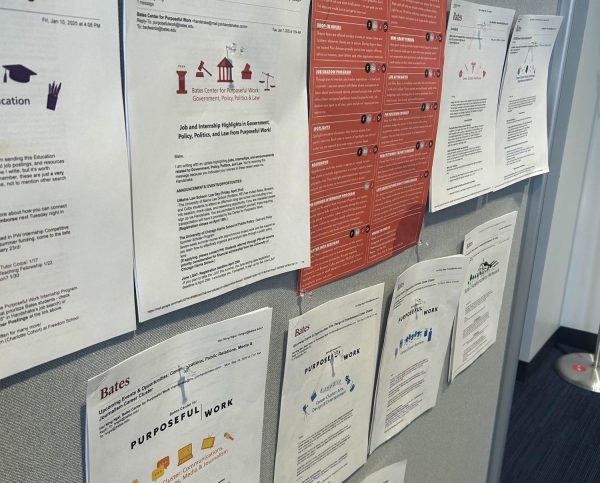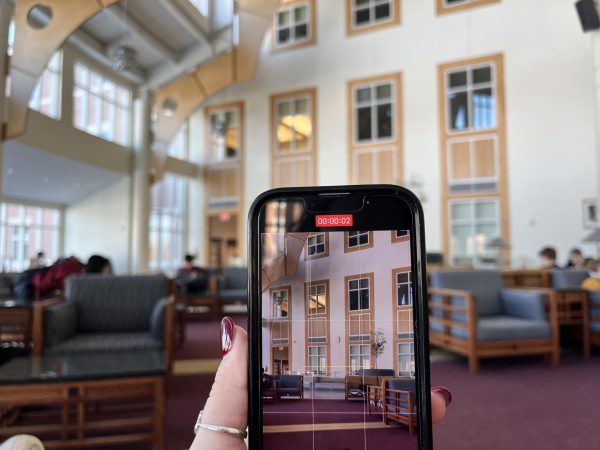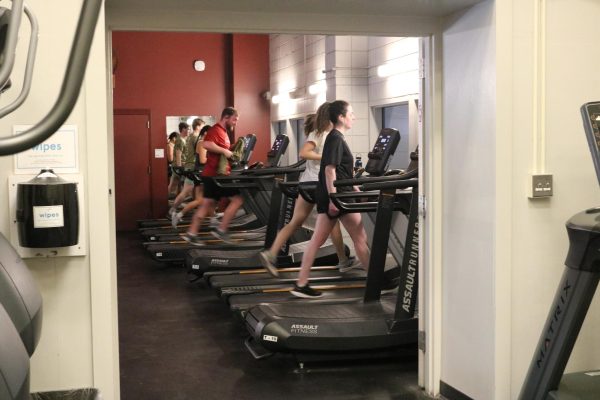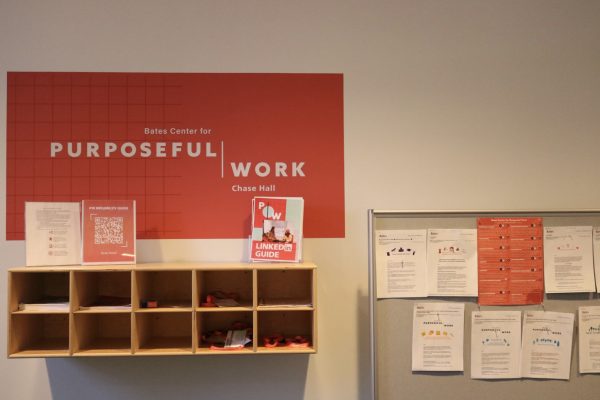The Art of Laughter
Kevin Hart once said that “laughter heals all wounds, and that’s one thing that everybody shares.” I remember waking up on a Monday morning of last February and looking out my 4th floor Parker room’s window and seeing a torrential downpour, thinking to myself, “here we go again.” I walked through the snow, that was probably way too brown to be considered snow anymore, towards Commons. I could tell the mood was pretty down. It was early, people were rushing through breakfast before class, and they had run out of those awesome egg and cheese bagels.
So I headed over to PGill and had a seat in my 8:00 a.m. history class, just wanting to get through the class. Then my professor walked in. He was wearing an old timey hat with a huge feather on the side and a shirt that made him look like those judges in Pirates of the Caribbean (not sure why that’s the reference that came to my head). I, along with the class, laughed at the goofiness of the situation as the professor did his best 1800s New England-man impersonation from one of our homework readings. At that moment, I felt an optimism and positivity for the rest of the day that I didn’t think I would based on how I thought the day was going. This made me think of laughter and how it actually affects us as human beings.
I think laughter is beautiful because its impacts are the same for everyone, everywhere. I grew up in Istanbul, Turkey, and though it’s still my favorite place in the world, I can admit the country has not been in the best place recently. When I was 12-years-old, I remember these protests that started in a place called Gezi Park in the middle of the city. This slowly became a sit-in movement for opposition against the president, who has been president for all 21 years of my existence (if you’re reading this, that’s TOTALLY cool).
The sit-in snowballed and became huge, including Turkish high school students, yoga enthusiasts, avid soccer fans and basically any other type of person that didn’t really like the government. This eventually ended with a police crackdown. There was tear gas, plastic bullets and water cannons used and it was a pretty horrifying scene. While Gezi park was being tear gassed, one of the more popular news channels, CNN Türk, was broadcasting, you guessed it, a documentary about penguins.
The penguin became a symbol for the movement, with people photoshopping groups of penguins in the middle of the police crackdowns. Why? I’m not really sure, but I thought it was funny. Maybe laughing at something this ridiculous is a coping mechanism, but I’d argue that laughing at serious situations like this can fill people with hope and optimism.
So next time somebody asks you what a Bates student on a February morning, Kevin Hart, and an angsty Turkish teen have in common, you know what to say: laughter.
Your donation will support the student journalists of Bates College and help us cover our annual website hosting costs.







Ryan Smith • Oct 6, 2022 at 7:57 PM
Love the message behind this; more articles like this!